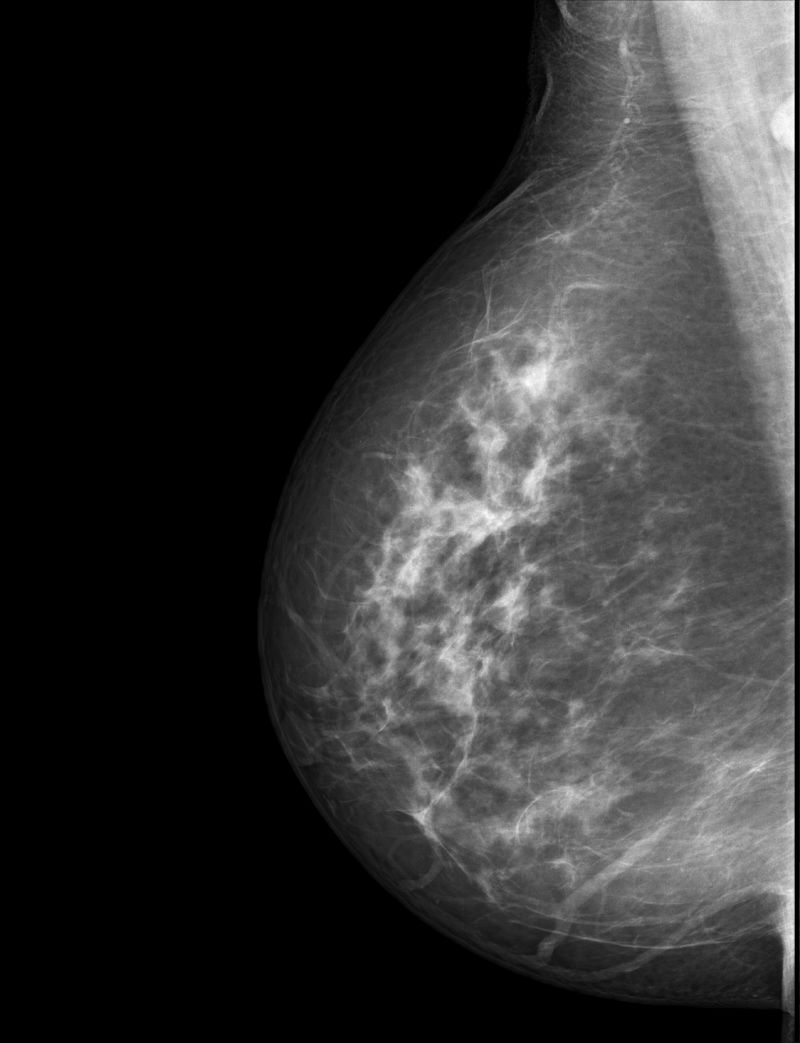In what they're calling a "first-of-its-kind" analysis, the San Francisco-based Breast Cancer Fund has crunched the existing data and released an analysis showing 20 occupations that are associated with elevated risk of breast cancer compared against the general population.
The issue is the toxins that people in certain jobs may be exposed to on a daily basis that could increase risk of the disease. Breast Cancer Fund is dedicated to looking specifically at potential environmental factors that influence development of breast cancer.
"In the course of doing that," said Jeanne Rizzo, president and CEO of the group, "we have come to hear over and over again the issue of occupation exposure. It comes up in scientific literature, that not enough attention is being paid to women in the workplace."
To examine the available data, Breast Cancer Fund convened 200 experts in a two-year long study group and found increased risk for nurses, teachers, librarians, lawyers, radiology and lab technicians, and journalists.
But professional women as a group bear known risk factors for breast cancer, including childbearing at an older age (or not at all), hormone use and alcohol consumption.
